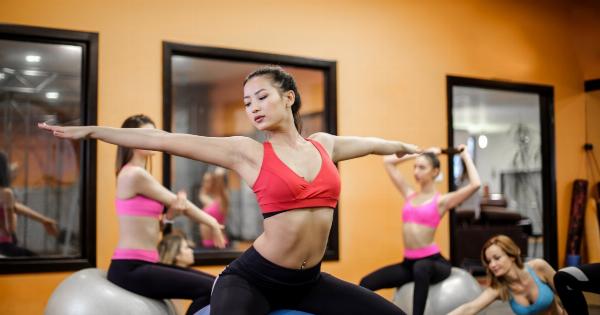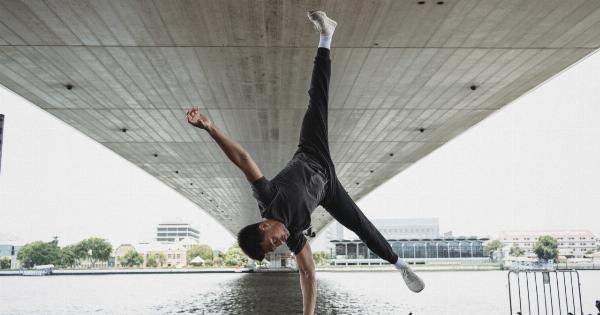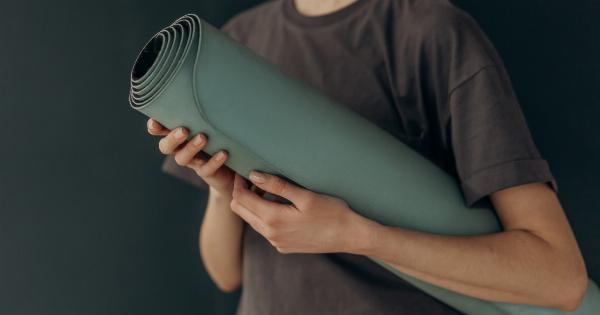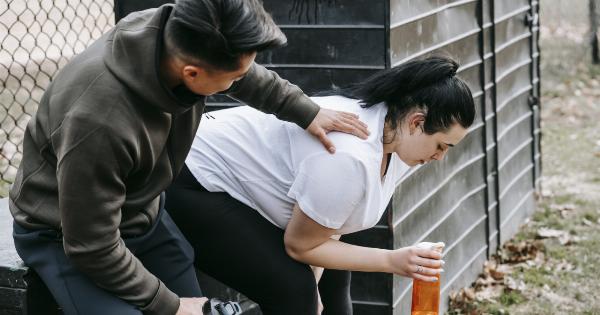Pilates balls, also known as exercise or Swiss balls, can be a valuable tool for anyone looking to improve their core strength and alleviate back pain.
Whether you’re a beginner or an experienced fitness enthusiast, incorporating a Pilates ball into your workouts can increase your stability and balance while providing a fun and challenging element to your routine.
What is a Pilates ball?
A Pilates ball is a large, inflatable ball made from anti-burst material, designed to be used for exercise. They come in a variety of sizes, from 45cm to 85cm, and are used to improve balance, coordination, strength, and flexibility.
They are also common in physical therapy and rehabilitation settings, as they can help alleviate back pain and aid in recovery from injuries.
What are the benefits of using a Pilates ball?
Aside from improving core strength and relieving back pain, Pilates balls offer a wide range of benefits. Here are some of the many reasons why you should incorporate a Pilates ball into your fitness routine:.
- Enhances balance and coordination
- Increases flexibility and range of motion
- Strengthens muscles, particularly in the core and lower back
- Improves posture
- Provides a low-impact workout
- Increases blood flow and circulation
- Reduces stress and anxiety
What exercises can you do with a Pilates ball?
There are countless exercises you can do with a Pilates ball, making it a versatile and essential piece of workout equipment. Here are some Pilates ball basics to get you started:.
Pilates Ball Crunches
Start by lying on your back with your knees bent and your feet flat on the floor. Place the Pilates ball under your lower back, making sure it’s securely in place.
Place your hands behind your head, and lift your shoulder blades off the ground, engaging your core. Slowly lower yourself back down to the starting position, and repeat for several reps.
Pilates Ball Plank
Begin in a traditional plank position with your forearms and toes on the ground. Place the Pilates ball under your feet and engage your core, lifting your hips up towards the ceiling.
Hold for several seconds before lowering back down to the starting position.
Pilates Ball Leg Lifts
Start by lying on your back with your arms by your sides. Place the Pilates ball between your ankles and lift your legs towards the ceiling, keeping them straight.
Slowly lower your legs back down to the starting position, being careful not to let the ball drop.
Pilates Ball Back Extension
Start by lying face down on the Pilates ball, with your hands on the ground in front of you and your feet on the floor. Slowly lift your upper body off the ball, engaging your back muscles.
Hold for several seconds before lowering back down to the starting position.
Pilates Ball Glute Bridge
Lie on your back with your knees bent and your feet flat on the floor. Place the Pilates ball under your feet, and lift your hips towards the ceiling.
Squeeze your glutes at the top of the movement before lowering your hips back down to the starting position.
How to choose the right size Pilates ball?
Choosing the right size Pilates ball is essential for proper form and safety. Here’s a general guide to help you choose the right size:.
- 45cm: Best for people under 5’ and those who plan to use the ball for children or for a limited range of exercises
- 55cm: Best for people between 5’ and 5’7″
- 65cm: Best for people between 5’8″ and 6’2″
- 75cm: Best for people over 6’2″ or those with particularly long legs and torso
- 85cm: Best for people over 6’9″ or those looking for a particularly challenging workout
Precautions when using a Pilates ball
As with any exercise equipment, it’s essential to use a Pilates ball safely and correctly to avoid injury. Here are some precautions to keep in mind:.
- Always consult with your doctor before starting a new exercise routine, particularly if you have a history of back pain or injury.
- Choose the right size Pilates ball for your height.
- Make sure the ball is properly inflated and secure before use.
- Do not use the ball on a slippery or uneven surface.
- Start with beginner-friendly exercises and work your way up to more challenging moves.
- Stop using the ball if you experience any pain or discomfort.
Conclusion
Pilates balls are an excellent tool for anyone looking to improve their core strength and alleviate back pain.
Not only do they offer a challenging workout, but they also come with a plethora of benefits, from improved balance and flexibility to reduced stress and anxiety. Remember to use the Pilates ball safely and correctly to maximize the benefits and minimize the risks.






























